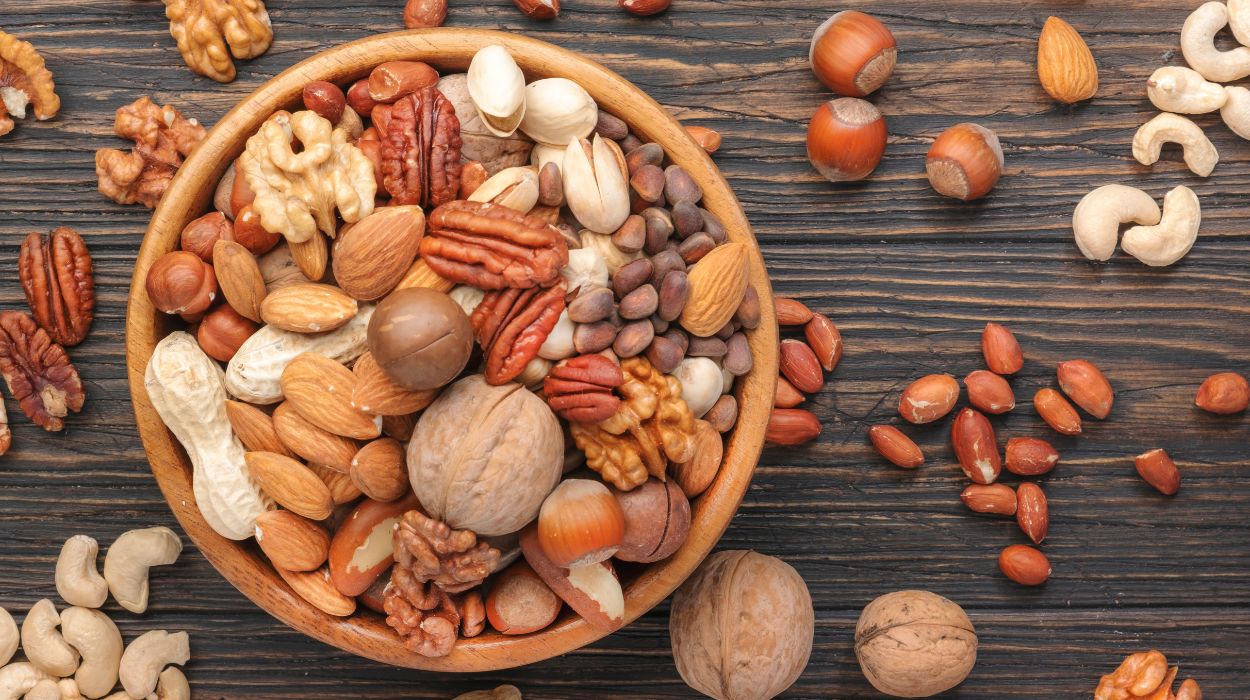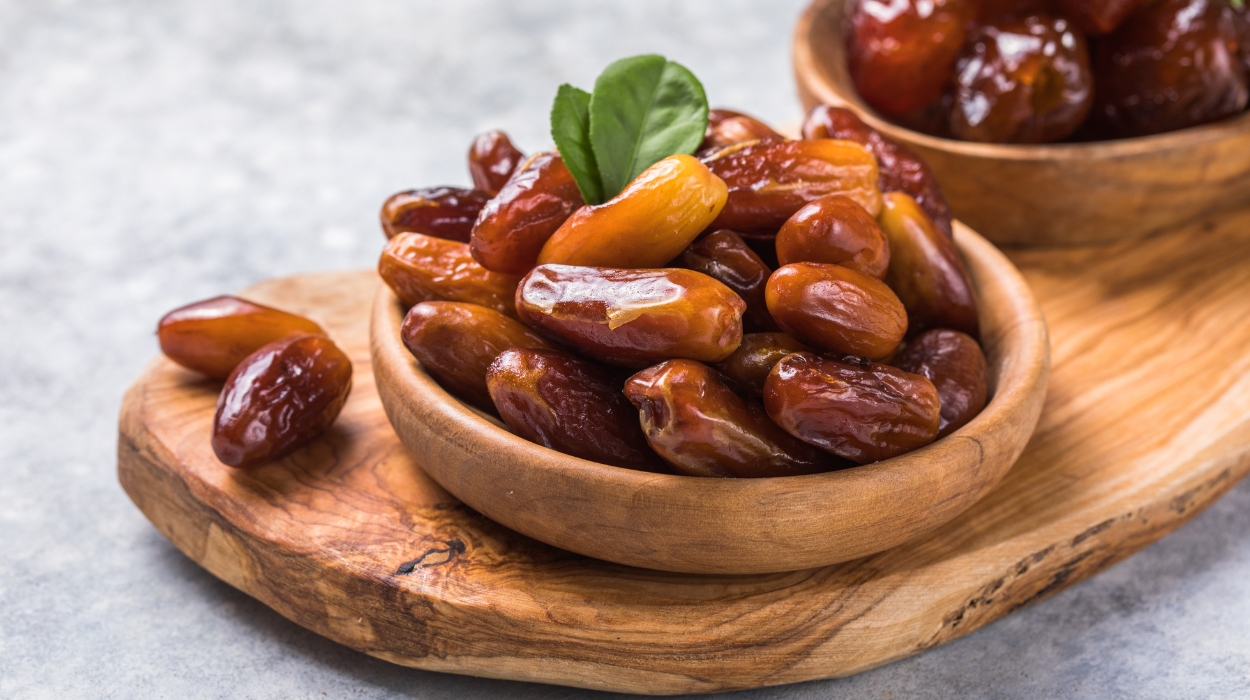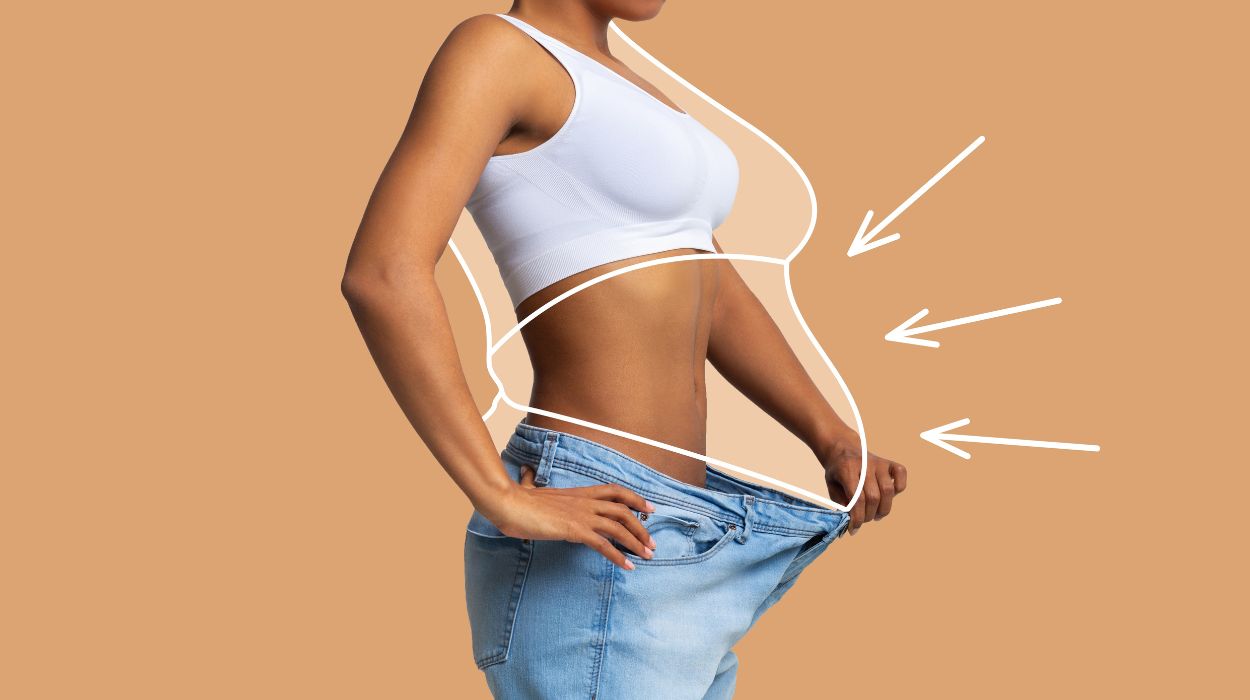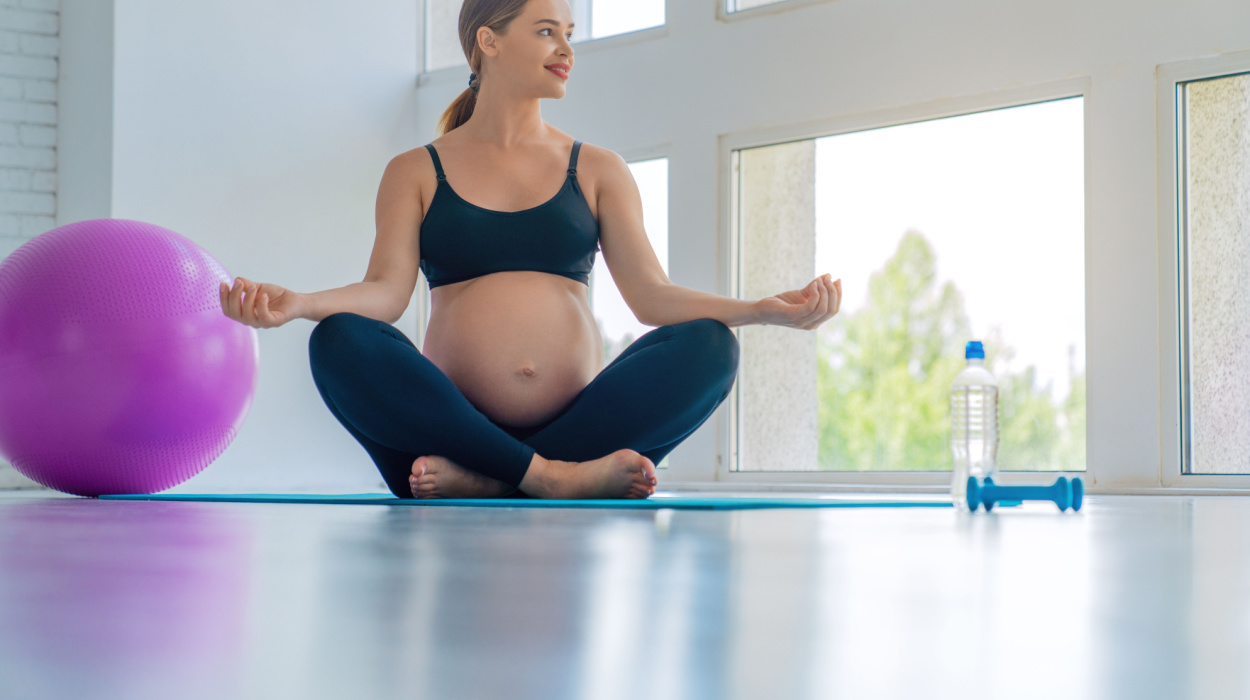Nontoxic Crayons: Why They Are Better For Kids & Materials
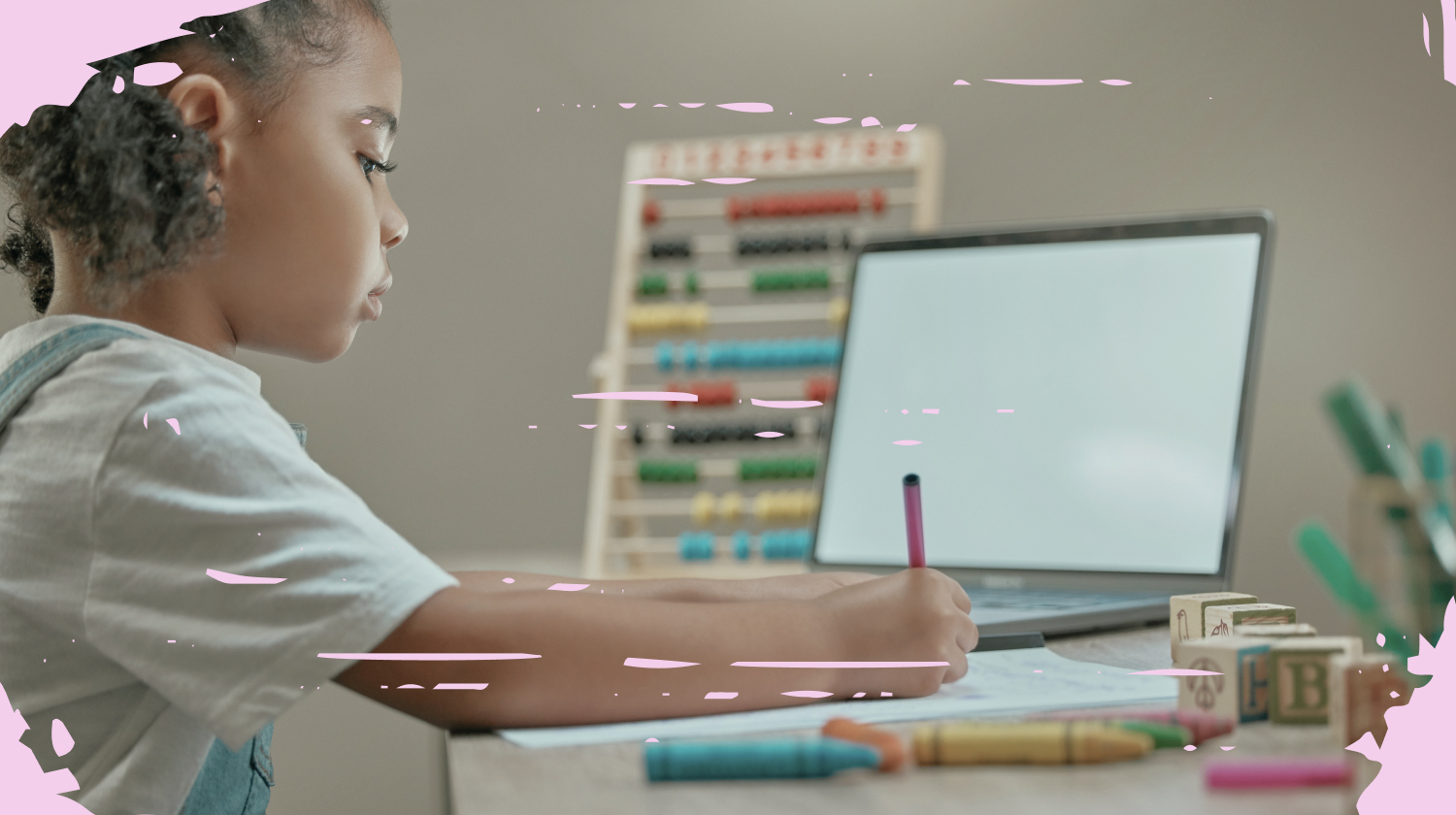
Nontoxic crayons are becoming increasingly popular among parents and art enthusiasts for many reasons. Unlike traditional crayons that contain harmful chemicals, non-toxic crayons are made from natural ingredients, such as food-grade pigments, paraffin wax, natural organic beeswax, animal and plant fats, and GMO-free soy wax. They are completely safe for children to use, even if they put them in their mouths. Additionally, non-toxic crayons do not emit volatile organic compounds, heavy metals or other toxic ingredients[1] that can harm a child’s health. They are a great crayon choice for little artists, toddlers, and older children alike. They are super easy to use, have an ergonomic shape that fits perfectly in tiny hands, and is durable enough to withstand rough handling. Moreover, they are biodegradable and washable, making them an eco-friendly option that promotes creativity without harming the environment. Overall, choosing non-toxic crayons is the best way to ensure that kids enjoy their favourite activity without any health issues while having fun with unique shapes and smooth surfaces.
Non Toxic Crayons: Why They Are Better For Kids?
Non-toxic crayons[2] are a better choice for kids because they are made from natural ingredients like food-grade pigments, paraffin wax, and organic beeswax. They do not emit harmful toxins, making them a healthier option for kids to use while promoting creativity and providing a durable and fun experience. Unlike traditional crayons that contain harmful chemicals, non-toxic crayons are completely safe for children to use, even if they are put in their mouths.

Chemicals In Regular Crayons
- Paraffin wax: A petroleum-based wax that can contain toxic chemicals such as benzene and toluene, which are harmful if ingested or inhaled.
- Stearic acid: A fatty acid used as a binder in crayons that can cause skin irritation and allergic reactions.
- Pigments and dyes: Added to provide colour, some of which can contain heavy metals or other toxic ingredients that may pose a health risk to children.
- Volatile organic compounds[3] (VOCs): Some pigments and solvents in crayons can emit VOCs, which can cause respiratory problems and other health issues.
- Toxic additives: Some additives, such as phthalates, sometimes used as a plasticizer, can also be harmful if ingested or inhaled.
- Regulatory standards: While some regulatory agencies certify that crayons meet certain safety standards, there is still a risk of exposure to harmful chemicals.
- Non-toxic crayons made from natural ingredients such as food-grade pigments, organic beeswax, and soy wax are safer alternatives that provide kids with a healthy and fun experience.
Materials In Nontoxic Crayons
Here are the materials commonly found in many crayons that are organic:
- All natural organic beeswax[4]: is a natural wax derived from honeybees used as a binder in non-toxic crayons. An all natural beeswax is non-toxic and safe to use for kids.
- Food grade pigments[5]: Pigments made from natural sources such as fruits, vegetables, and minerals. They are non-toxic and free from heavy metals or other harmful chemicals.
- GMO-free soy wax[6]: Soy wax is derived from soybeans and is a non-toxic, renewable, and biodegradable alternative to paraffin wax. It is often used in the best non toxic crayons as a substitute for petroleum-based wax.
- Natural minerals[7]: Minerals such as calcium carbonate or talc are often added to non toxic crayons to improve their texture and consistency.
- Animal and plant fats[8]: Some non toxic crayons may also contain animal or plant-based fats such as coconut oil or cocoa butter, which can provide a smooth and creamy texture.
- Stearic acid[9]: A fatty acid derived from plants used as a binder in some non toxic crayons. It is non-toxic and safe for kids.
- Packaging: Some natural crayons brands also use eco-friendly packaging materials such as recycled paper or biodegradable plastics.
The best Non Toxic crayons made from these natural and safe ingredients are a great choice for parents who want to provide their children with a creative and healthy experience. They are safe to use, free from harmful chemicals, and often have a pleasant smell due to the use of natural ingredients.
Factors To Consider When Choosing Nontoxic Crayons
When choosing the best non toxic crayons for your child, there are several factors to consider:
- Ingredients: Look for crayons made with natural and non-toxic ingredients such as beeswax, soy wax, and food-grade pigments.
- Certifications: Look for crayons that have been certified by organizations such as the Art and Creative Materials Institute (ACMI) with an AP seal, which means they are non-toxic and safe for children to use.
- Age-appropriate: Consider the age of your child and choose the best crayons that are appropriate for their developmental stage, with an ergonomic shape and size that fits comfortably in their hands.
- Washability: Choose crayons that are washable or easily cleaned with soap and water so you don’t have to worry about stains on clothing or furniture.
- Brand reputation: Do your research and choose crayon brands with a good reputation for producing high-quality, nontoxic crayons.
Considering these factors, you can choose non toxic crayons that are safe and appropriate for your child while allowing them to explore their creativity through art.
Conclusion
In conclusion, choosing nontoxic crayons for your child is vital to ensure their safety and health while they engage in the creative and fun activity of colouring. Regular crayons often contain harmful chemicals such as paraffin wax, volatile organic compounds, and heavy metals that can pose a risk to children’s health. On the other hand, Nontoxic crayons are made with natural and safe ingredients such as beeswax and food-grade pigments, making them a much safer and healthier choice. When selecting nontoxic crayons, it is essential to consider the ingredients, age-appropriateness, washability, brand reputation, and certifications to ensure that your child is using the best and safest crayons available. By choosing the best crayons, you can provide your child with a fun and safe way to explore their creativity and express themselves through art.
Frequently Asked Questions
Non-toxic crayons are made from natural and safe ingredients such as beeswax, vegetable extracts, and food-grade pigments, and they are free from harmful chemicals and heavy metals.
Most nontoxic crayons are washable, but checking the packaging or product information is essential to confirm.
Nontoxic crayons are safe for babies and toddlers, but it is important to choose age-appropriate crayons and supervise their use to ensure they are not put in the mouth or swallowed.
While nontoxic crayons are generally safe, improper use, such as putting them in the mouth, can still pose a risk to children. It is essential to supervise children’s use of crayons and follow the manufacturer’s instructions.
It is important to research and chooses reputable brands certified by independent organizations such as the Art & Creative Materials Institute (ACMI) to ensure that the “non-toxic” label is accurate.
Nontoxic crayons work just as well as regular crayons and often have unique features such as a better grip, washability, or ergonomic design.
While all-natural crayons are made from entirely natural ingredients, not all are necessarily non-toxic. It is important to read the label and check for certifications to ensure safety.
Yes, using nontoxic crayons can help children develop and improve their fine motor skills through activities such as colouring, drawing, and writing.
+ 9 Sources
Health Canal avoids using tertiary references. We have strict sourcing guidelines and rely on peer-reviewed studies, academic researches from medical associations and institutions. To ensure the accuracy of articles in Health Canal, you can read more about the editorial process here
- Djogo-Mracevic, S., Razic, S., Trisic, J., Mitrovic, N. and Djukic-Cosic, D. (2022). Toxic elements in children’s crayons and colored pencils: Bioaccessibility assessment. Journal of the Serbian Chemical Society, [online] 87(6), pp.723–734. doi:https://doi.org/10.2298/jsc20091078d.
- Ahmad, G.R., Kumar, S., Ahmad, D. and Shammas, M.A. (2017). Risk Assessment to Evaluate if Crayons Complying with the Consumer Product Safety Improvement Act of 2008 for Lead, Also Comply with California Proposition 65. Frontiers in Public Health, [online] 5. doi:https://doi.org/10.3389/fpubh.2017.00130.
- Adamová, T., Hradecký, J. and Pánek, M. (2020). Volatile Organic Compounds (VOCs) from Wood and Wood-Based Panels: Methods for Evaluation, Potential Health Risks, and Mitigation. Polymers, [online] 12(10), p.2289. doi:https://doi.org/10.3390/polym12102289.
- Gupta, G. and Anjali, K. (2023). Environmentally Friendly Beeswax: Properties, Composition, Adulteration, and its Therapeutic Benefits. IOP Conference Series: Earth and Environmental Science, [online] 1110(1), p.012041. doi:https://doi.org/10.1088/1755-1315/1110/1/012041.
- La Nasa, J., Doherty, B., Rosi, F., Braccini, C., Broers, F.T.H., Degano, I., Matinero, J.M., Miliani, C., Modugno, F., Sabatini, F., Sandu, I.C.A. and Cartechini, L. (2021). An integrated analytical study of crayons from the original art materials collection of the MUNCH museum in Oslo. Scientific Reports, [online] 11(1). doi:https://doi.org/10.1038/s41598-021-86031-6.
- Suaria, G., Aliani, S., Merlino, S. and Abbate, M. (2018). The Occurrence of Paraffin and Other Petroleum Waxes in the Marine Environment: A Review of the Current Legislative Framework and Shipping Operational Practices. Frontiers in Marine Science, [online] 5. doi:https://doi.org/10.3389/fmars.2018.00094.
- La Nasa, J., Doherty, B., Rosi, F., Braccini, C., Broers, F.T.H., Degano, I., Matinero, J.M., Miliani, C., Modugno, F., Sabatini, F., Sandu, I.C.A. and Cartechini, L. (2021). An integrated analytical study of crayons from the original art materials collection of the MUNCH museum in Oslo. Scientific Reports, [online] 11(1). doi:https://doi.org/10.1038/s41598-021-86031-6.
- Wilkinson, A.D. and Meeker, D.L. (2021). How agricultural rendering supports sustainability and assists livestock’s ability to contribute more than just food. Animal Frontiers, [online] 11(2), pp.24–34. doi:https://doi.org/10.1093/af/vfab002.
- Baer, D.J., Judd, J.T., Kris-Etherton, P.M., Zhao, G. and Emken, E.A. (2003). Stearic Acid Absorption and Its Metabolizable Energy Value Are Minimally Lower than Those of Other Fatty Acids in Healthy Men Fed Mixed Diets. The Journal of Nutrition, [online] 133(12), pp.4129–4134. doi:https://doi.org/10.1093/jn/133.12.4129.



